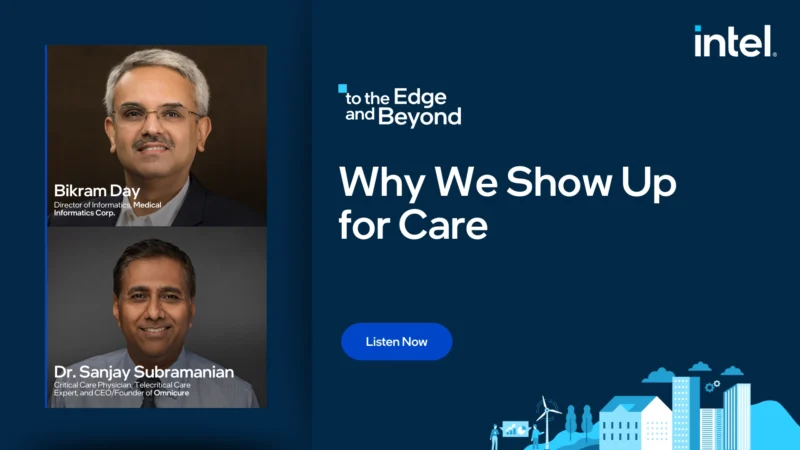Transforming Patient Engagement with Effective Communication Software
In the complex world of healthcare, effective patient communication software is a game-changer, enhancing engagement and health outcomes while boosting operational efficiency. However, this sector is not without its challenges. This case study explores these challenges and outlines strategic recommendations for optimizing patient communication tools based on an interview with David Jastrow from the Panda Digital Health Portfolio Team.
Introduction
This study emphasizes the benefit of patient communication software in healthcare systems. The primary issues of this task are the maximization of the software’s potential and the overcoming of integration and implementation challenges. The aim is to provide an in-depth analysis and propose recommendations for improvement.
Findings
Effective patient communication leads to better follow-up adherence and improved health outcomes. Yet, there are significant concerns: the protection of patient data; the need for user-friendly systems; and the integration of communication software with existing EHR systems. Poor software implementation can cause frustration and fail its adoption.
Discussion
While patient communication software delivers numerous benefits, solving the outlined issues is crucial. The alternative solutions present their pros and cons: adopting data protection policies and ensuring regulatory standards; designing user-friendly interfaces and educating patients; and ensuring interoperability of the software with existing systems. Gleaning insights from our case analysis can help stakeholders make an informed decision.
Conclusion
Patient communication software accelerates the bridge-building process between care teams and patients. However, to reap full advantages, it is paramount to address the highlighted challenges.
Recommendations
We recommend investment in data protection, software design, and staff training. An iterative process of constant feedback, improvements, and reviews should be employed. Moreover, pilot programs can prove beneficial to gather feedback and understand the real-world application. Implementing these recommendations will ensure that the tool is not just a reminder service, but rather a means to make healthcare more human.




